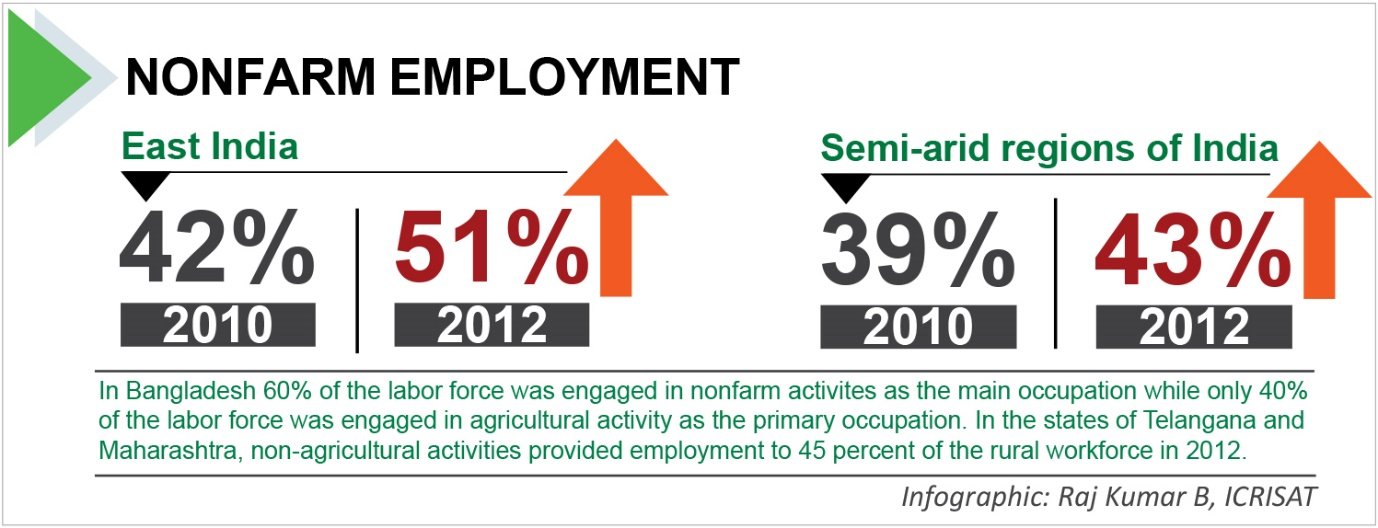Land-holding farmers doing non-farming activities helps efficiency
(Source – The Hindu, International Edition – Page No. – 7)
|
Topic: GS3 – Agriculture |
|
Context |
|
Study Focus
-
It focused on farmers from Odisha, Maharashtra, Telangana, Andhra Pradesh, Bihar, Jharkhand, Karnataka, and Madhya Pradesh using data from 2010 to 2014.
-
The study used data from the Village Dynamics in South Asia Project by ICRISAT.
Method of Analysis
-
A mathematical method called data envelopment analysis was used to measure how efficiently farmers used their labour.
-
This method compares efficiency without needing to know the exact process each farmer uses.
Key Findings
-
Farmers who took up non-farm work or migrated gained new farming knowledge and applied it on their farms.
-
After sowing, many farmers had free time, during which family members or hired workers managed the farms.
-
Those with more land and resources could hire labourers in their absence.

Recommendations and Implications
-
The study suggests creating structured non-farm job opportunities in villages to improve farm outcomes.
-
Farming is becoming riskier due to climate change and price instability, leading to diversification into small businesses or migration.
-
Non-farm jobs help farmers learn new skills and invest in better farming practices.
-
It also highlights the need for government support due to credit constraints faced by farmers.
|
Practice Question: How does multiple job holding among land-holding farmers influence farm labour use efficiency? Suggest policy interventions to promote productive non-farm employment in rural areas. (150 Words /10 marks) |
